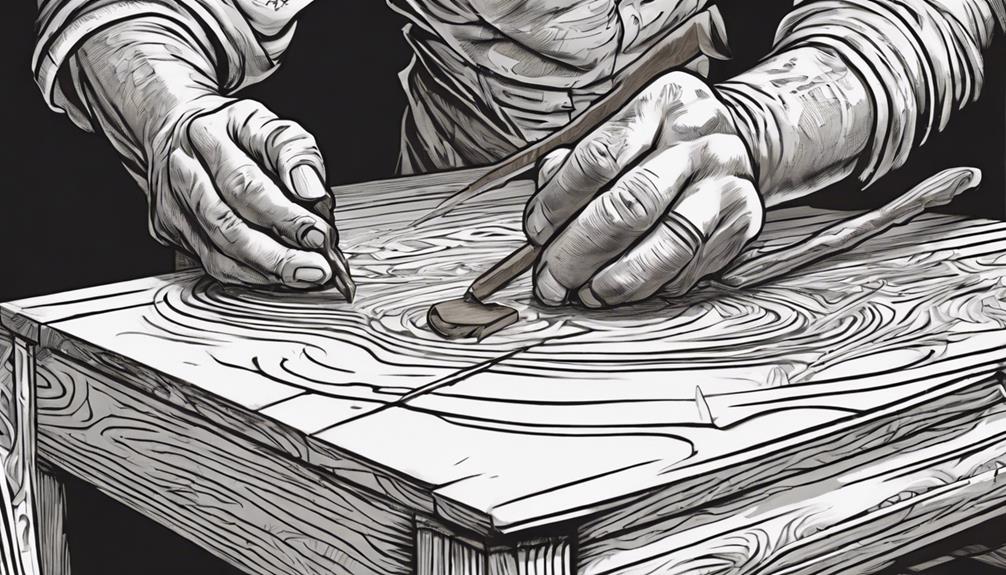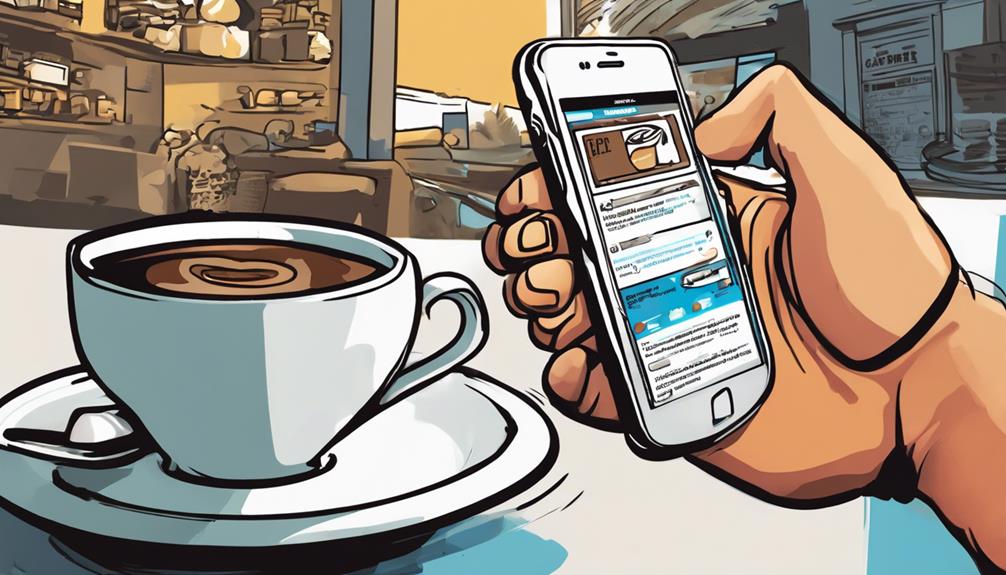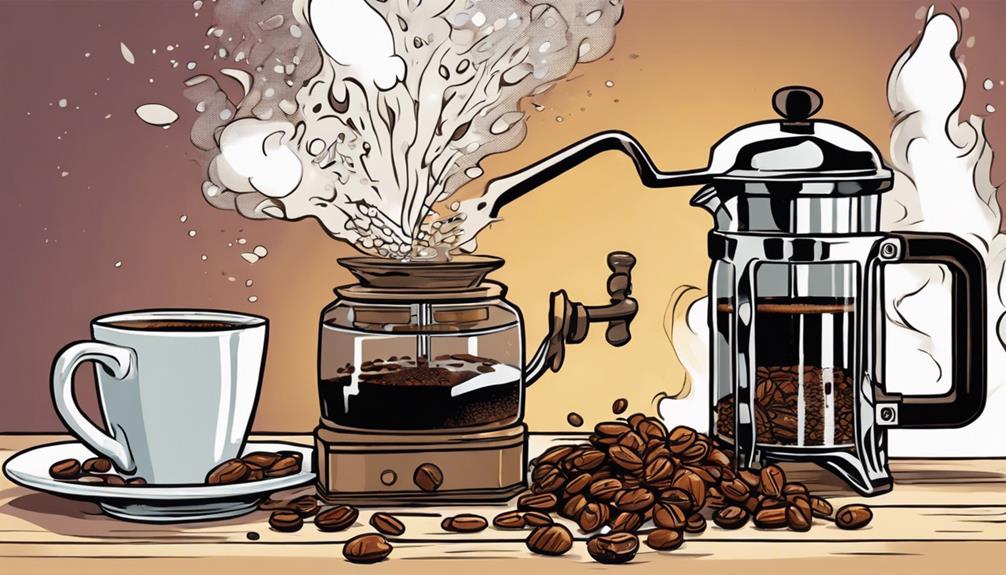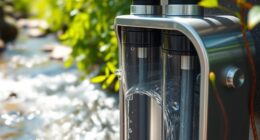In order to create durable coffee table legs, begin by sanding pine to achieve a smooth surface. Use gel stain for a professional, sleek finish. Prior to sealing, sand tabletops with coarse and then fine sandpaper. Apply sealant evenly with a foam brush. Reinforce legs with biscuit joinery and add polyurethane coats. Strategically use pocket screws for a stable base. Customize your table with decorative hardware. By mastering these steps, you will ensure a strong foundation for your coffee table. Consider incorporating metal brackets for additional reinforcement to extend the table’s lifespan. Building a coffee table requires meticulous attention to detail and precision to produce a functional and visually appealing piece. By following these guidelines, you can construct a durable and stylish coffee table that will stand out in any room. Building a coffee table
Key Takeaways
- Use biscuit joinery with beech wood biscuits for strength.
- Incorporate pocket screws strategically for sturdy leg attachment.
- Sand legs for smooth finish before assembly.
- Secure legs with clamps for precise screwing.
- Ensure proper alignment for a stable coffee table base.
Pine Leg Preparation
Prepare the pine legs by sanding them to create a smooth surface for applying the gel stain. Since we've got repurposed pine for the coffee table legs, sanding is important to make sure the stain adheres well and the finish looks professional.
Once the legs are sanded, it's time to move on to the gel staining process.
The repurposed pine provides a sturdy and cost-effective base for the coffee table legs. By sanding them down, you'll create a clean canvas for the gel stain application. This step is necessary to achieve a sleek black finish that enhances the overall look of the legs.
After sanding, the gel stain should be evenly applied using a brush or rag. Make sure to coat the legs thoroughly to maintain a consistent color. Allow the stain to sit for 5-10 minutes before wiping off any excess for a smooth and flawless finish.
These prepared pine legs are designed to complement the tabletop, adding a modern touch to your coffee table project.
Gel Staining Technique
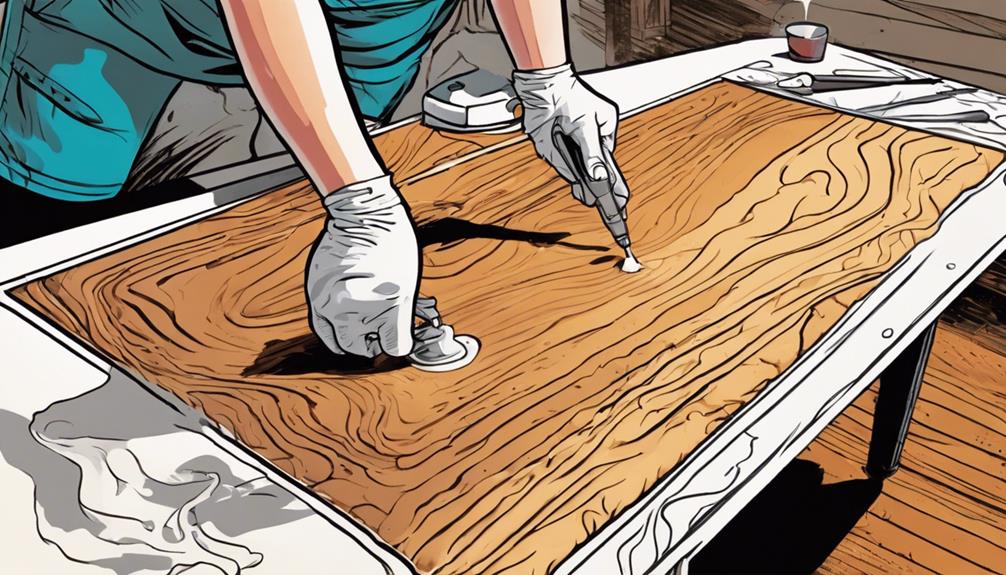
For achieving a rich and uniform color on your wooden coffee table legs, gel staining is a highly effective technique. Gel staining allows for a more even finish compared to traditional liquid stains as it sits on the wood's surface. By using a brush or rag to apply the gel stain, you gain better control and coverage over the legs. To achieve the desired color intensity, let the gel stain sit for a few minutes before wiping off the excess. This technique can result in a professional-looking black finish that enhances the overall appearance of your coffee table.
| Gel Staining Technique | |
|---|---|
| Advantages | Application Tips |
| – Provides even color finish | – Use a brush or rag for control |
| – Sits on wood surface | – Let stain sit for a few minutes |
| – Enhances overall appearance | – Wipe off excess for intensity |
Tabletop Sanding Process
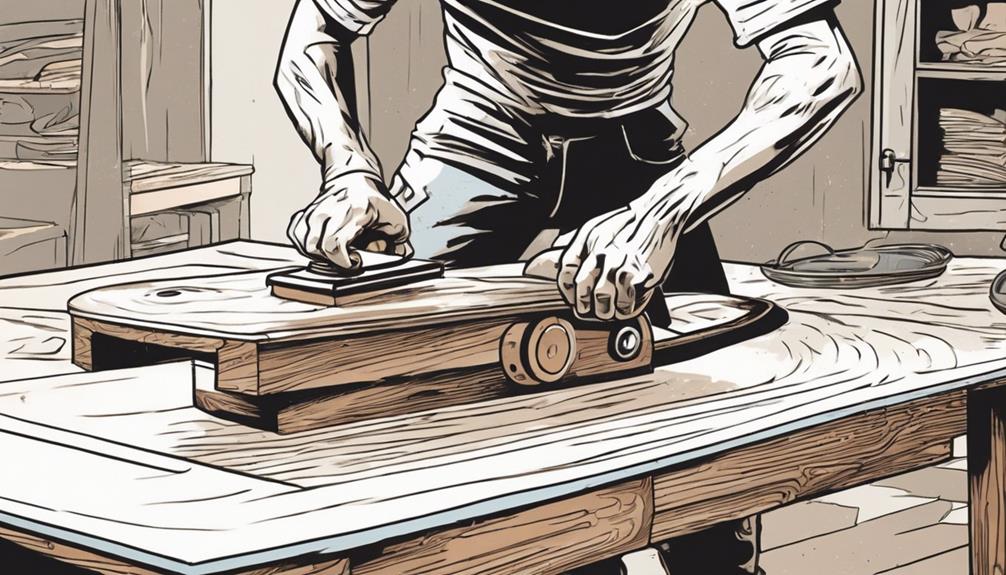
To ensure a smooth and even surface for staining and sealing, start the tabletop sanding process with coarse sandpaper to eliminate any existing finish or imperfections. Begin by sanding the tabletop thoroughly, paying close attention to the edges and corners to make sure they're free of rough spots.
As you progress, switch to finer grit sandpaper to achieve the desired smoothness for the final finish. Remember that proper sanding is essential for achieving a professional and polished look on the tabletop of your coffee table.
After sanding, make sure to eliminate any dust or debris from the tabletop before proceeding to apply a sealant to protect the wood. This step is vital to ensure the sealant adheres properly and provides long-lasting protection for your tabletop.
Sealant Application Method
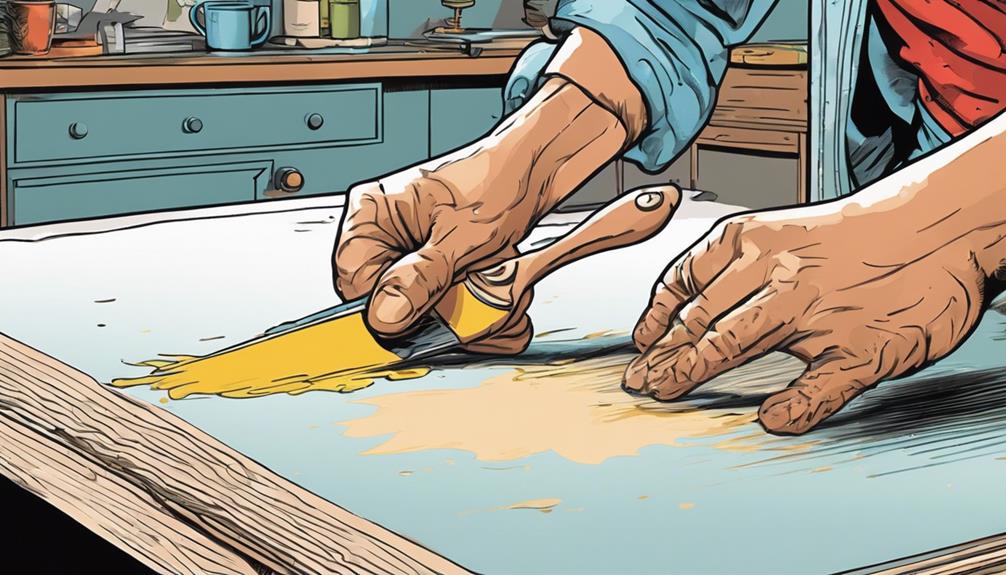
Using a foam brush, evenly apply the sealant on the bottom surface of the tabletop to guarantee complete protection against moisture and stains. Ensure that every inch of the wood is covered to create a barrier that shields it from potential damage.
Let the sealant dry thoroughly before proceeding with the next steps to ensure its effectiveness. If you feel like an extra layer of protection is needed, don't hesitate to apply a second coat of sealant for added durability.
Markdown List to Evoke Emotion:
- Feel the satisfaction of knowing your hard work is safeguarded against spills and wear.
- Embrace the peace of mind that comes with protecting your coffee table from moisture damage.
- Experience the sense of accomplishment as you see the beautiful finish that the sealant provides.
Leg Joinery With Biscuits
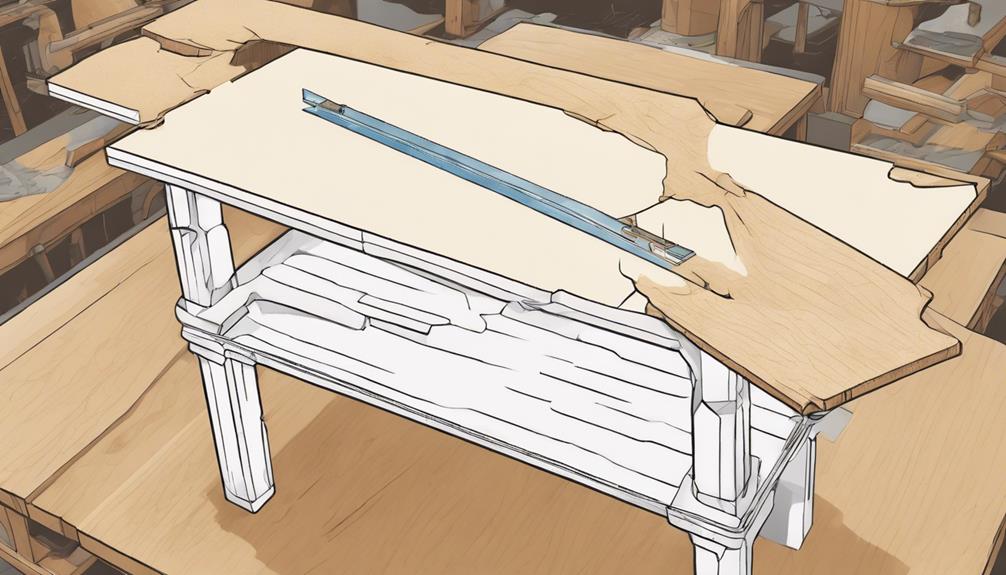
How can biscuit joinery enhance the strength and alignment of your coffee table legs?
Biscuit joinery is a fantastic technique that can greatly improve the durability and stability of your woodworking projects, including your coffee table legs. By using small, oval-shaped wooden biscuits and corresponding slots, you can ensure that the legs aren't only aligned correctly but also reinforced with additional strength when glued together.
The specialized tool known as a biscuit joiner, or plate joiner, is essential for cutting precise slots to accommodate the biscuits in the wood pieces. These biscuits, typically made of compressed beech wood, expand when they come into contact with glue, forming a tight and secure bond in the joint.
This method is widely employed in furniture making due to its ability to create robust and nearly invisible joints in tabletops, cabinets, and various woodworking projects.
Polyurethane Coating Steps
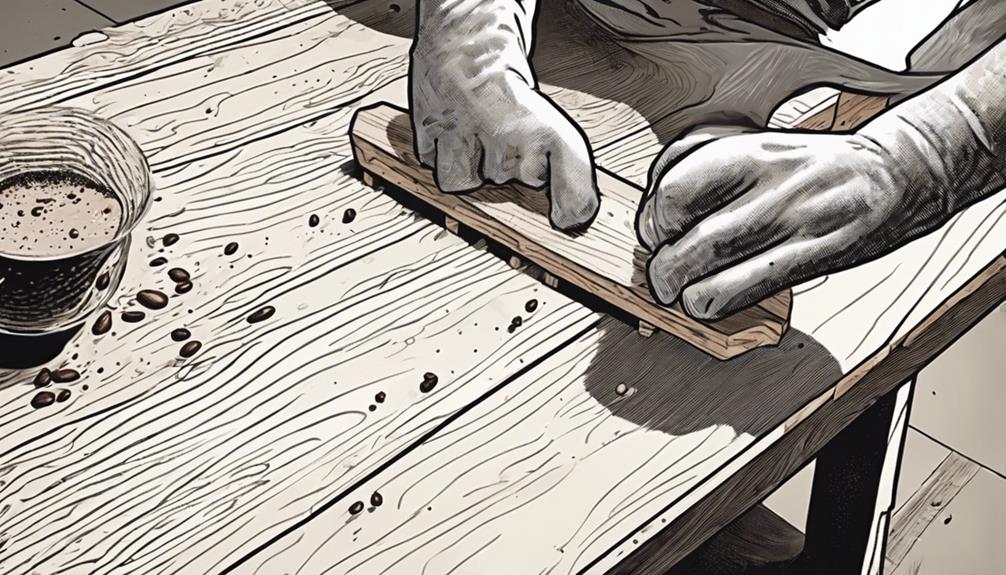
Now, it's time to focus on the essential steps of sanding between coats and buffing with paste wax for a flawless polyurethane finish on your coffee table.
Sanding will guarantee a smooth application, while buffing with paste wax will enhance the protective shine.
Remember to follow these steps diligently for a durable and attractive tabletop coating.
Sanding Between Coats
To achieve a smooth and even finish on your coffee table legs, sanding between coats of polyurethane is necessary for removing imperfections and guaranteeing better adhesion of subsequent layers. Here's why this step is vital:
- Smooth Perfection: Sanding between coats using a fine-grit sandpaper, like 220 grit, helps eliminate any rough spots or imperfections, resulting in a flawless surface for your coffee table legs.
- Enhanced Durability: By sanding between coats, you allow the subsequent layers of polyurethane to adhere better to the surface. This enhances the durability and longevity of the finish, making your coffee table legs more resistant to wear and tear.
- Professional Finish: The sanding process not only removes any dust particles or drips but also guarantees a consistent sheen and texture across the legs. This attention to detail translates into a professional-looking final product that you can be proud to showcase in your home.
Buffing With Paste Wax
After applying three coats of polyurethane, enhance the finish of your coffee table legs by buffing with paste wax for added shine and protection. Using a clean, soft cloth, apply a thin layer of paste wax in a circular motion over the polyurethane-coated surface.
Let the paste wax dry for a few minutes before buffing with another clean cloth to achieve a smooth, lustrous finish. Buffing with paste wax not only provides an extra layer of protection but also helps to highlight the natural beauty of the wood grain.
This final step adds a professional touch to your coffee table legs, ensuring a durable and attractive finish that will stand the test of time. By incorporating paste wax into your finishing process, you aren't only protecting your hard work but also elevating the overall aesthetic appeal of your DIY coffee table.
Pocket Screw Assembly

You can enjoy the benefits of using pocket screws for assembling your coffee table legs. These fasteners provide a strong and secure connection, ensuring your table is sturdy and durable.
Follow some key assembly tips to make sure your pocket screw joints are effectively created.
Pocket Screw Benefits
Pocket screws offer a reliable and discreet method for creating strong joints when securing coffee table legs to the tabletop. The benefits of using pocket screws for building your coffee table legs are numerous:
- Strength: Pocket screws provide excellent holding power and stability, ensuring that your coffee table has a sturdy base that can withstand daily use without wobbling or loosening joints.
- Convenience: The easy disassembly and reassembly facilitated by pocket screws make it convenient to transport or move your coffee table when needed, allowing for hassle-free maintenance.
- Professional Finish: The angled design of pocket screws enables you to secure the legs at precise angles, resulting in a polished and professional appearance without visible fasteners detracting from the overall aesthetic.
Assembly Tips
For a strong and stable coffee table base, ensure strategic placement of the pocket screws when attaching the legs to the tabletop.
To achieve this, pre-drill pilot holes to prevent splitting and verify accurate screw placement. Use clamps to secure the legs in position while driving in the pocket screws, ensuring a precise and snug fit that enhances stability.
When tightening the pocket screws, be thorough to prevent any potential wobbling or instability in the coffee table structure.
Final Coffee Table Touches
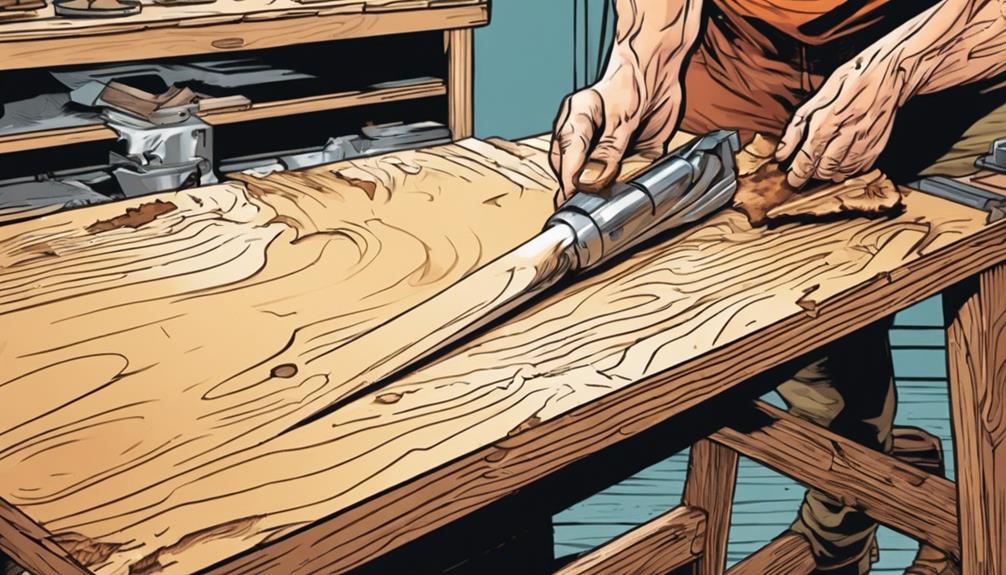
The final touches on the coffee table included adding decorative hardware to enhance its overall appearance. This step not only adds a touch of elegance but also provides a functional element to the piece.
Here are three key elements that will elevate the look and feel of your coffee table:
- Choose eye-catching knobs or pulls: Opt for hardware that complements the style of your coffee table. Whether you prefer sleek modern handles or vintage-inspired knobs, the right choice can tie the whole look together.
- Consider metal accents: Adding metal corner brackets or decorative accents can give your coffee table an industrial edge or a touch of glamour, depending on the finish you choose.
- Personalize with a custom engraving: Make your coffee table truly unique by adding a custom engraving or plaque. Whether it's a meaningful quote, your family name, or a special date, this personal touch will make your table one of a kind.
Frequently Asked Questions
How Do You Stabilize Coffee Table Legs?
To stabilize coffee table legs, make sure they're cut evenly and have a flat surface. Add cross bracing or corner brackets for support. Use hardwood for durability. Install adjustable feet for uneven floors. Reinforce with blocks or stretchers between legs.
How to Make Stable Table Legs?
To make stable table legs, choose sturdy wood like pine or oak. Use joinery techniques like biscuits or mortise and tenon joints. Apply plenty of wood glue for solid adhesion. Guarantee precise alignment when attaching legs for a sturdy base.
What Table Legs Are Most Stable?
Looking for stability in table legs? Tapered legs offer a modern flair and sturdiness. Chunky legs are your go-to for heavy tabletops. Metal hairpin legs scream stability with a sleek look. X-shaped legs distribute weight evenly.
How to Secure Legs to Tabletop?
Align and space the legs correctly before using a drill to create pilot holes for pocket screws. Tighten the screws firmly to prevent wobbling and guarantee stability. Confirm the legs are securely attached to the tabletop.
Conclusion
Now that you've built sturdy coffee table legs, you're one step closer to enjoying a beautiful piece of furniture in your home.
Did you know that on average, Americans spend over 4 hours a day sitting at a table?
With your new coffee table, you'll have a strong and stylish place to gather with family and friends for years to come.
Keep up the great work and enjoy your handcrafted creation!
